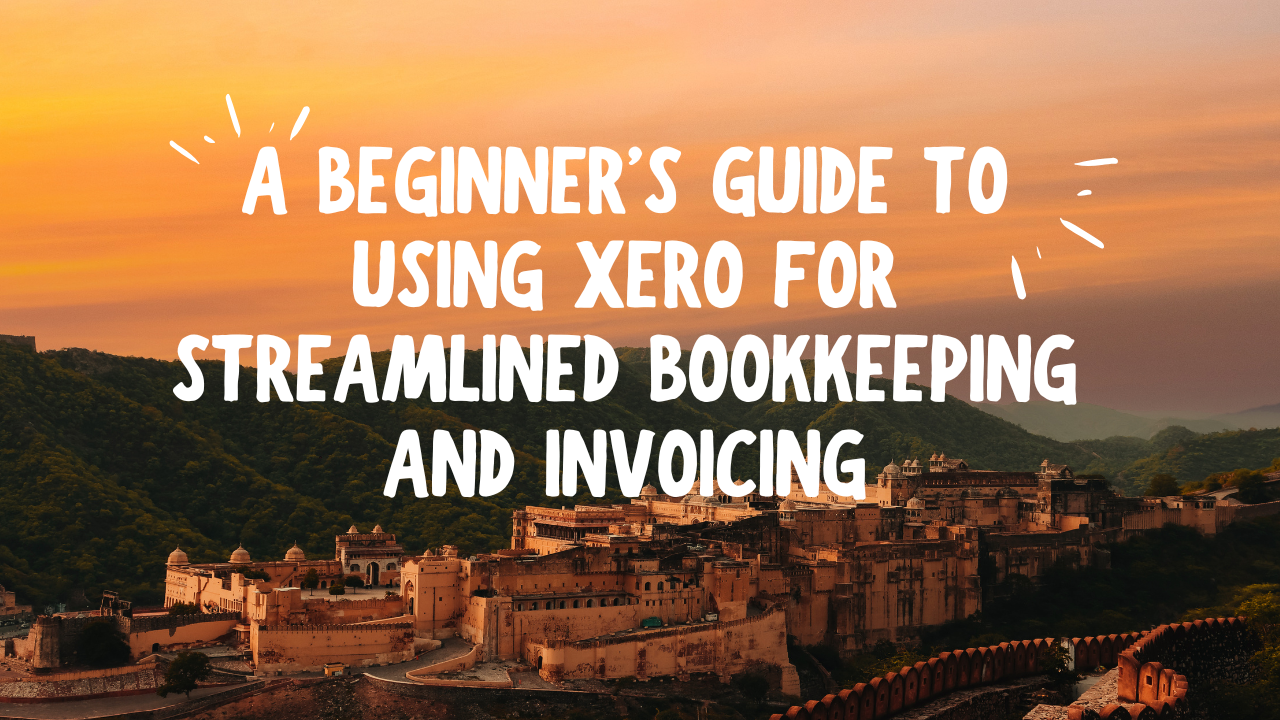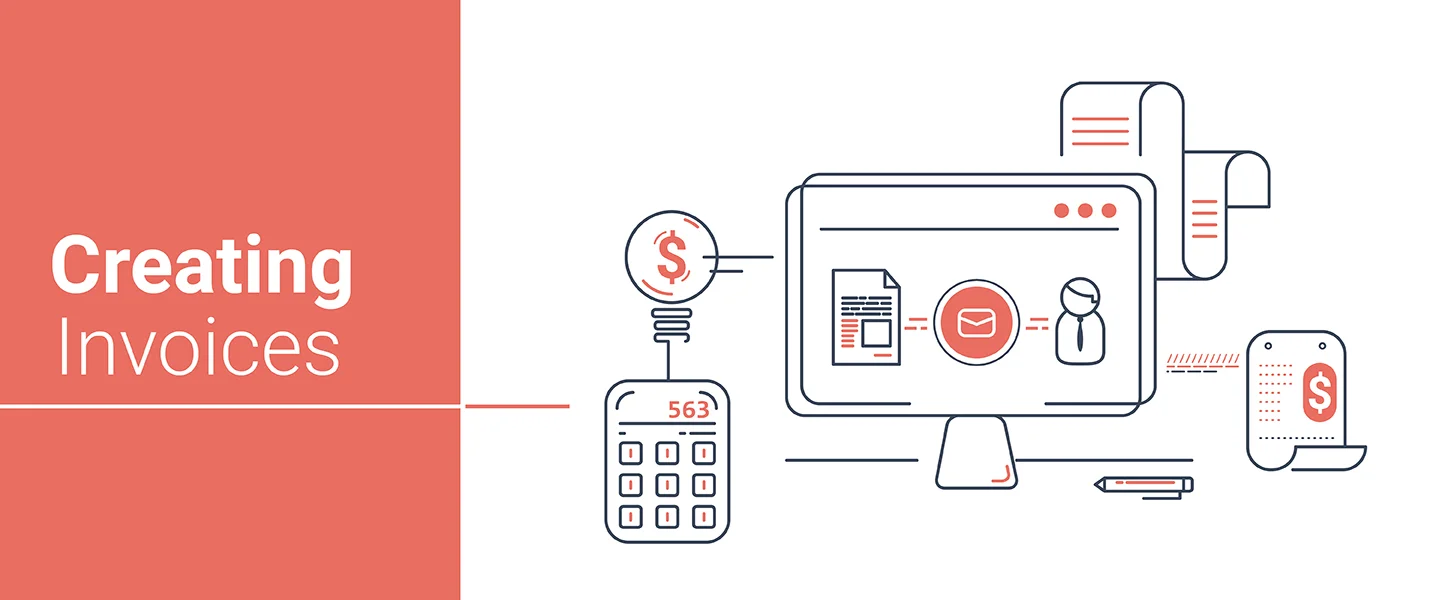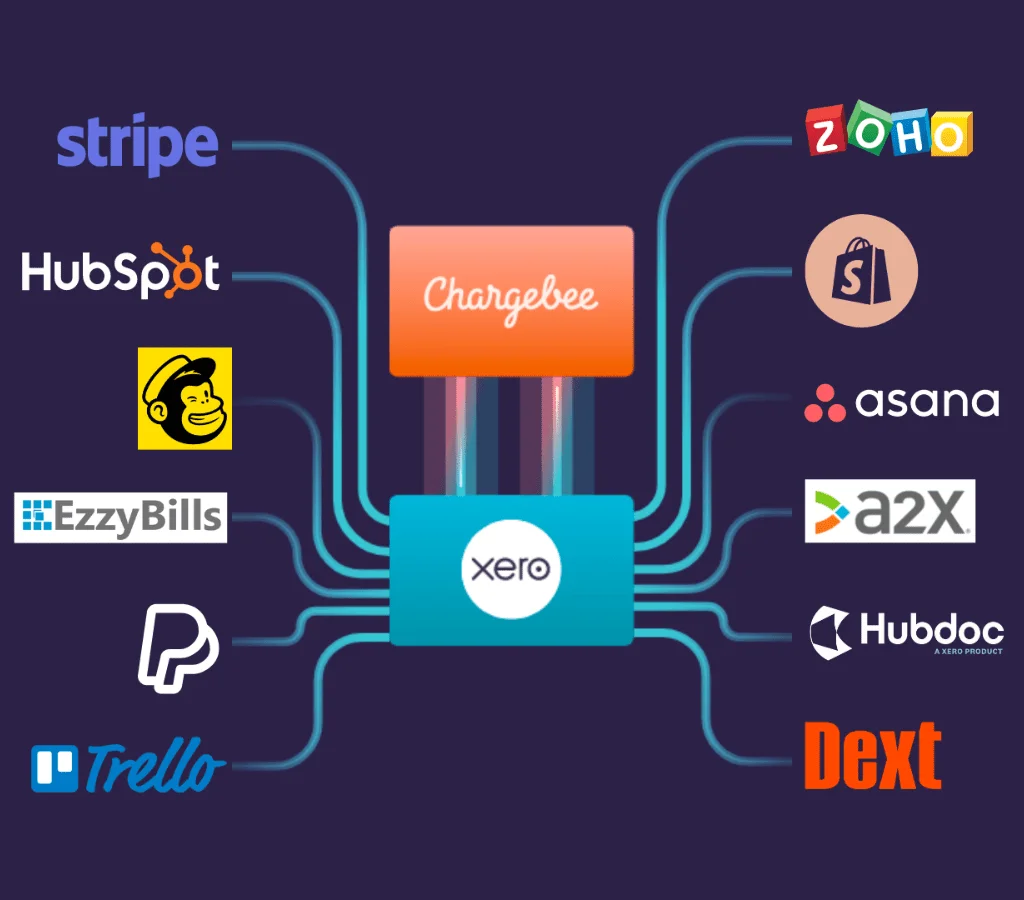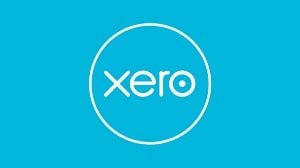


A Beginner’s Guide to Using Xero for Streamlined Bookkeeping and Invoicing
Since its 2006 founding in New Zealand, Xero has grown to become one of the top platforms for cloud-based accounting software. Its primary objective? to make accounting more accessible, intelligent, and simple for startups and small enterprises.
Table of Contents
- 1 Who Uses Xero?
- 2 Why Choose Xero for Bookkeeping?
- 3 Getting Started with Xero
- 4 Understanding the Xero Dashboard
- 5 Connecting Your Bank Account
- 6 Chart of Accounts in Xero
- 7 Managing Contacts and Clients
- 8 Creating and Sending Invoices
- 9 Automating Invoicing and Reminders
- 10 Handling Bills and Expenses
- 11 Reconciling Transactions
- 12 Generating Financial Reports
- 13 Integrations and Add-Ons
- 14 Tips for Staying Organized in Xero
- 15 Final Thoughts on Xero for Beginners
- 16 Frequently Asked Questions
Who Uses Xero?
From solo freelancers and consultants to growing startups and even mid-sized companies, Xero caters to anyone looking to simplify their financial management without hiring a full-time accountant.
Why Choose Xero for Bookkeeping?
Cloud-Based Advantages
Since everything is done online, you may handle your money from any location. Only a login and an internet connection are required; there are no installations or hardware restrictions. Additionally, your data is automatically backed up.
User-Friendly Interface
Xero’s interface is intuitive and clean. Even if you don’t come from a finance background, navigating it feels natural. It’s designed for non-accountants.
Getting Started with Xero
Creating Your Xero Account
Sign up with your email, create a password, and you’re good to go. They also offer a free trial, so you can explore without commitment.
Setting Up Your Organization Profile
Add your business name, address, tax ID, and select your financial year. This sets the foundation for accurate financial reporting.
Understanding the Xero Dashboard
Overview of Navigation Menu
The main dashboard shows your cash flow, invoices, bills to pay, bank balances, and more. The left-hand menu gives access to all the essential areas—business, accounting, contacts, reports, and settings.
Customizing the Dashboard
You can move widgets around to focus on what matters to you most—whether that’s outstanding invoices or recent expenses.
Connecting Your Bank Account
Real-Time Bank Feeds
Linking your bank account allows Xero to import your transactions automatically. This keeps your books up to date without manual data entry.
Security Features
Xero uses industry-standard encryption and multi-factor authentication, keeping your financial data secure and protected.
Chart of Accounts in Xero
What is a Chart of Accounts?
It’s a list of all the accounts your business uses to classify income, expenses, assets, and liabilities. Think of it as your business’s financial filing system.
How to Customize Accounts
You can edit existing accounts or create new ones to match your business’s unique needs. For example, if you run a digital agency, you might add accounts for software subscriptions and ad spending.
Managing Contacts and Clients
Adding Customers and Suppliers
You can manually add or import contacts from a spreadsheet. Each contact card can store key info, including tax settings and default payment terms.
Contact Groups and Smart Lists
Group contacts by category (like “Top Clients” or “Late Payers”) to make email campaigns or bulk actions more efficient.
Creating and Sending Invoices
Customizing Invoice Templates
Add your logo, brand colors, payment terms, and messaging. Xero lets you create multiple templates for different purposes.
Setting Payment Terms
You can set defaults (like Net 30) or tailor terms for each client. Xero will auto-calculate due dates for you.
Automating Invoicing and Reminders
Recurring Invoices
For clients you bill regularly, automate it! Set up a recurring invoice once and let Xero do the rest.
Automatic Payment Reminders
No one likes chasing payments. Xero can send polite, automatic nudges before and after the due date.
Handling Bills and Expenses
Uploading and Recording Bills
Snap a pic of a bill or upload a PDF, and Xero extracts the data automatically. You can then categorize and schedule it.
Scheduling Payments
See all your upcoming bills, prioritize them, and plan your cash flow. You can even batch-pay from within Xero (if your bank allows it).
How MEL Science is Making Learning Chemistry Fun and Interactive.
PADI Diving Courses: Unlocking the Door to the Underwater World.
Top 10 Features That Make RocketReach LLC a Must-Have Tool.
The Complete Review of iMobie: Enhance Your Mobile Experience Today.
The Future of Education: How edX is Transforming Online Learning.
Reconciling Transactions
How Reconciliation Works in Xero
Xero matches your bank transactions with what’s recorded in your books. With a few clicks, you can confirm and reconcile them.
Matching Transactions with Invoices
If an invoice has been paid, Xero detects the payment and lets you match it instantly—saving you loads of time.
Generating Financial Reports
Common Reports for Beginners
Profit & Loss, Balance Sheet, and Cash Flow are key. These give you a bird’s-eye view of your business health.
Customizing and Sharing Reports
Add filters, date ranges, or even share reports with your accountant with just a click. Reports update in real-time.
Integrations and Add-Ons
Best Apps to Connect with Xero
Connect tools like Stripe, PayPal, Shopify, HubSpot, and hundreds more. The Xero App Store has solutions for payroll, inventory, CRM, and even project management.
Syncing with Payroll and Inventory
Xero Payroll (available in select countries) integrates seamlessly. Inventory tracking helps product-based businesses monitor stock.
Tips for Staying Organized in Xero
Weekly and Monthly Checklist
- Weekly: Reconcile transactions, check overdue invoices, upload receipts
- Monthly: Review reports, update contacts, review bills
Avoiding Common Mistakes
Don’t forget to categorize transactions correctly and avoid duplicating contacts or invoices. Xero’s AI helps detect errors, but it’s good to review.
Final Thoughts on Xero for Beginners
Xero is a game-changer for small businesses wanting to take control of their finances. With its intuitive design, automation features, and powerful reporting tools, it takes the fear out of bookkeeping. Whether you’re flying solo or growing a team, Xero scales with you—and makes you feel like a financial pro without the suit and tie.
Frequently Asked Questions
A. Xero is more intuitive and often preferred by non-accountants, while QuickBooks offers more features for U.S.-based users. It depends on your business needs and location.
A. Yes! Xero has mobile apps for iOS and Android that let you invoice, reconcile, and check reports on the go.
A. Xero uses bank-level encryption, regular audits, and multi-factor authentication to protect your data.
A. Yes, but only in the Premium plans. It automatically updates exchange rates and converts transactions.
A. Minimal. Most users find they can navigate and use core features in a few hours, especially with Xero’s built-in tutorials and help center.
Recent Post


Why edX Is Transforming Education for Students and Professionals Worldwide

Corporate Finance Institute Review: Courses, Certifications, and Career Benefits

Why Eufy DE&UK Is Dominating the Smart Security Market This Year

The Phoenix: A Powerful Symbol of Business Rebirth and Brand Transformation

What Is the Corporate Finance Institute? A Complete Guide for Business Professionals

The Complete Guide to Similarweb: Features, Pricing, and Use Cases

How to Use Xero to Simplify Your Marketing Agency’s Finances

How to Use ZoomInfo to Supercharge Your Marketing Agency’s Lead Pipeline

Time Doctor Review 2025: The Ultimate Productivity Tool for Remote Teams







